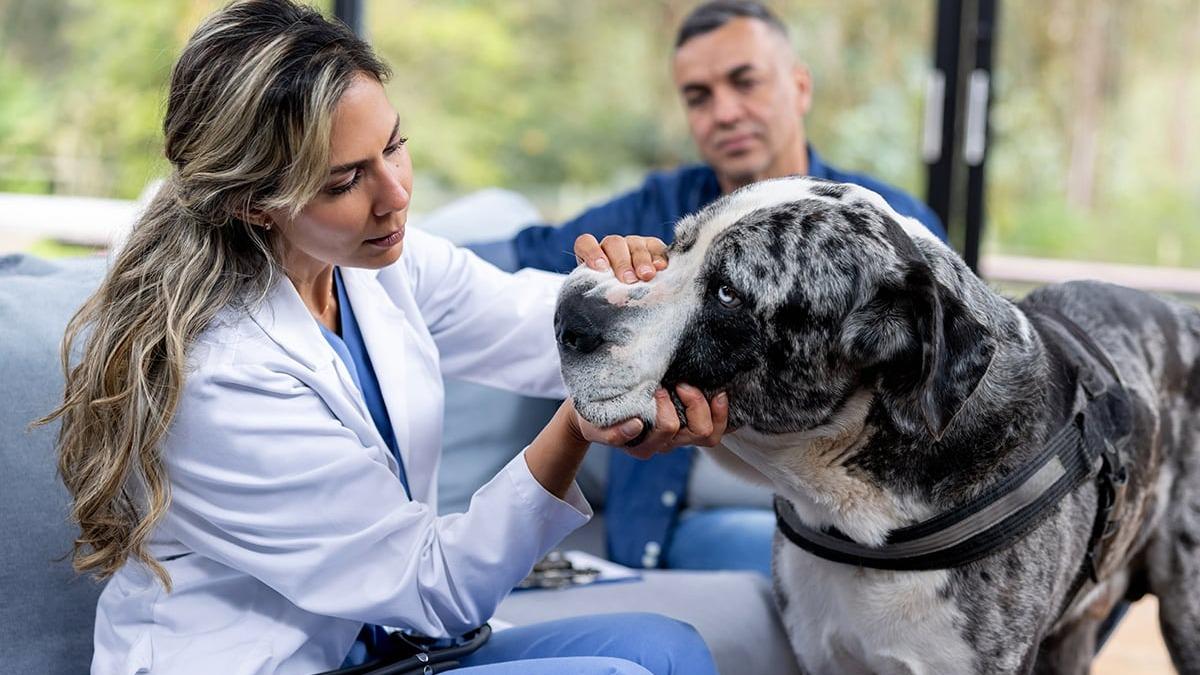Pet health insurance helps pet parents pay for costly veterinary care, but like most insurance products, it’s not a blanket solution. Comprehensive pet policies, like Spot Pet Insurance plans, generally cover diagnostics and treatments related to accidents and illnesses, but each company and each plan has additional rules and exclusions that can affect your experience.
Understanding common pet insurance exclusions can help you plan ahead for expenses your plan doesn’t cover, including strategies to prevent or reduce the risk of your pet requiring excluded care. Here’s a look at the most common pet insurance exclusions.
Common Costs Not Covered by Pet Insurance
Pet insurance exclusions come in many forms. The most common exclusions include:
Waiting periods
Most pet insurance companies enforce a waiting period immediately after enrollment, which can vary from 24 hours for accidents to up to a year for orthopedic issues—this number varies by state. Any health issues that arise during a waiting period can be considered pre-existing and may be excluded from future coverage.
Pre-existing conditions
Pre-existing conditions are health issues that developed before your insurance plan was in force, whether or not they were formally diagnosed. Pre-existing conditions are excluded from coverage, although some plans may allow future coverage for curable conditions.
Pregnancy and birth
Breeding, pregnancy, and delivery are excluded from nearly all plans, although a few select providers offer optional add-on coverages for breeding animals. Some plans may cover a pregnant pet who needs emergency care, such as a C-section.
Death of a pet
Some pet health policies offer selected end-of-life coverage, including euthanasia services, cremation, and remembrance. Others explicitly exclude such coverage or require an additional monthly fee.
Bilateral conditions
Bilateral conditions are those affecting both sides of the body and often involve joints or eyes. If one side is diseased before a plan begins, and then the other side develops the same problem, the condition will be considered pre-existing. Some policies may cover only the first incident, and exclude coverage for the other side, no matter when your policy began.
Preventable diseases
Some insurance providers cover certain infectious illnesses, such as parvovirus or Lyme disease, only if pet parents can prove they used every reasonable prevention method. Vaccinations, parasite prevention, and routine vet visits may be required to keep this coverage active.
Breed exclusions
Some plans may exclude breed-specific issues, including respiratory abnormalities, joint dysplasias, heart defects, eye conditions, and more. Since many health issues are related to genetics and, therefore, breed, a plan with breed limitations may provide less-than-adequate coverage.
Age exclusions
Some providers limit the maximum age for new pet enrollment, while others reduce or restrict coverage as pets get older. For example, some providers limit hip dysplasia coverage for dogs older than 5 or 6 years. This helps companies keep costs low overall, but means you may pay more to care for a senior pet.
Elective procedures
Elective and cosmetic procedures, including tail docking, ear cropping, or declawing, are considered medically unnecessary and excluded from pet insurance policies.
Nonstandard/non-veterinary services
Non-veterinary pet health services, including grooming, training, or boarding, are typically excluded from pet insurance plans except in emergencies or as part of a wellness program. Additionally, alternative therapies like acupuncture or chiropractic care performed by a non-veterinarian may be excluded from coverage.
Understanding Your Policy: The Importance of Reading the Fine Print
Insurance documents can be difficult to read and understand, but a thorough review is important. Terms vary between providers and may change from state to state based on local laws or your plan renewal date. Before purchasing a policy, check out a sample plan document, like this one from Spot. Take note of each plan’s waiting periods, refund policies, and other terms before signing on the dotted line.
Conclusion
Pet insurance exclusions are standard features of most plans, which means you may have to pay out of pocket for some of your pet’s care. Learning about and understanding the insurance exclusions specific to your pet policy can help you decide whether you also need a backup payment method, like a pet-dedicated credit card or savings account. If you’re looking for a pet insurance plan with minimal exclusions and straightforward policy documents, design your dream plan with our Spot Pet Insurance quote tool.

Elizabeth Kowalski holds a bachelor’s degree in biology from the University of Illinois and an associate’s degree in veterinary technology from Purdue University. After more than 10 years working as a certified veterinary technician, she chose to pursue veterinary writing, combining years of practical knowledge with a talent and passion for the written word. Elizabeth enjoys creating content for pet owners and veterinary professionals alike, and spends her free time playing sand volleyball and lounging at home with her pitbull, Piglet, and husband, Brenton.

Angela Beal is a veterinarian who loves using her writing to help pet owners provide the best possible care for their furry companions. Since 2020, she has worked full-time with Rumpus Writing and Editing, a veterinary-specific writing and editing company .Learn more at rumpuswriting.com.











